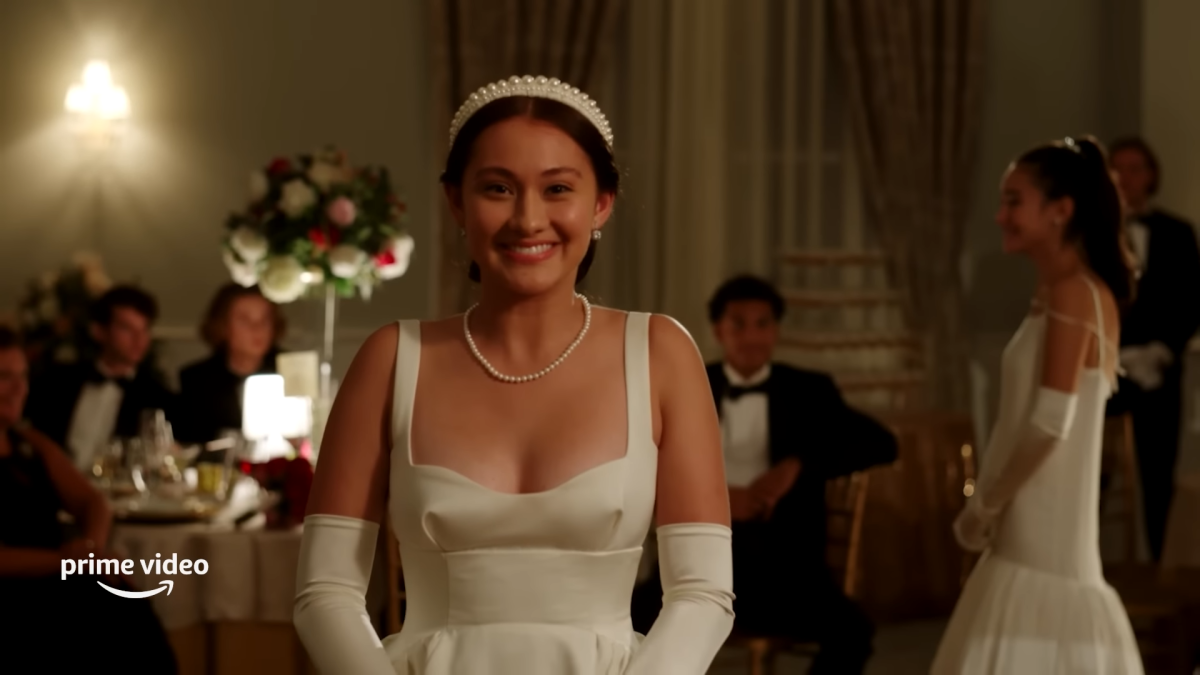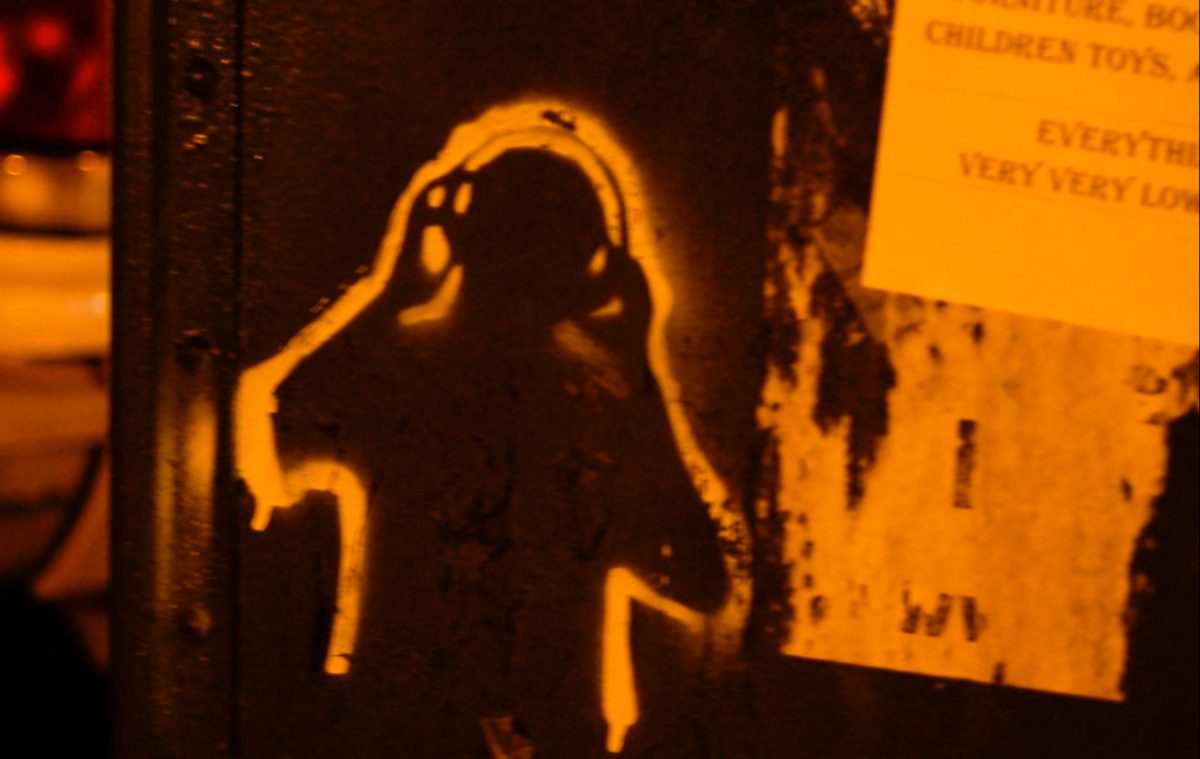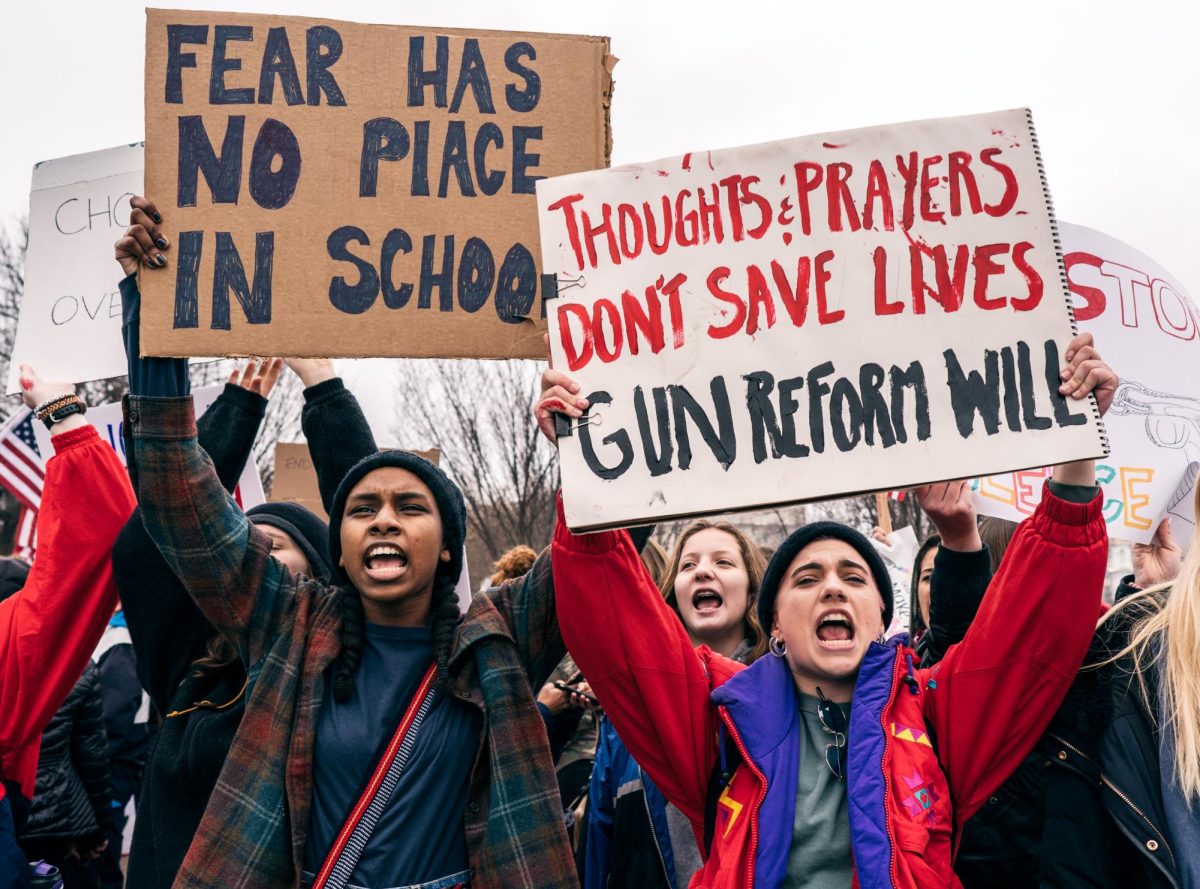What would you do if you were a teacher and you walked into your room to find that all of your students were missing from class…except for one? “Weapons” dives deep into this scenario and unravels the narrative through a horrific lens, dividing the movie into six parts that slowly reveal the true reason why 17 children uniformly ran out of their homes and into the night at exactly 2:17 a.m. “Weapons” was released in 2025 by director Zach Cregger, who is known amongst horror fans for directing another popular horror movie, “Barbarian” (2022).
As someone who has seen the movie four times, I can say that while the movie is well crafted, there are definitely some sections of the movie that leave a more profound impression in my mind than others. Because of that, in this review I have omitted my thoughts on the sections that follow the school principal, a local cop and a young homeless man. Instead, I chose to highlight some of the more impactful sections of the film that reveal large twists in the story and help to develop some of the story’s main plotlines.
Part One: The Teacher (Rating: 3/5 )
The first section of the movie follows Justine Gandy, a teacher who walks in on her classroom only to find it deserted aside from one remaining student. Because of this, she is berated by the townspeople, who want answers as to why she is the only teacher whose students are nearly all missing.
This portion of “Weapons” is strong because of the cinematography choices, but unfortunately, Gandy is one of the most unlikeable characters in the film and starting the experience from her perspective takes away from some of the more enjoyable aspects of this introduction.
On a cinematic level, the film depicts the children’s disappearance with a beautiful opening: we watch as a group of kids run into the night while vocalist George Harrison’s “Beware of Darkness” plays in the background. It sets up a precedent that the kids have left on their own volition while maintaining their childlike sense of freedom, which allows for a sharp twist when we learn that this is, in fact, not the case.
On the other hand, Gandy ultimately comes across as unlikeable. Not only do we watch her fall back into a destructive drinking problem, we also watch her aid her ex in cheating on his current partner. This aspect of the opening pulls back from some of its stronger parts because we are met with a character who is combative, argumentative and ultimately hard to root for.
Part Two: The Grieving Father (Rating: 4/5)
When the children went missing, many of the homes’ Ring cameras captured footage that showed them running in a t-pose out into the street. In the second section of “Weapons,” we follow Archer, a grieving father that relentlessly searches for his missing child, Matthew.
In an emotional scene where Archer is sleeping in his son’s bedroom, he slips into a dream where he watches Matthew run out of the house and into the street, a repetition of a previous scene where the missing children run into the night. As Matthew passes a house, a dreamlike rifle is plastered above the home with the number 217 engraved into the gun, showcasing the exact time the children went missing from their homes.
While the symbolism in this scene was a bit overdone, it still served its purpose to relay the message that the missing children are being used as “weapons” for a larger purpose. While it may have seemed comically exaggerated, it left a lasting impression in my mind that helped me better understand the film.
As Arthur makes more progress in finding his son, I cannot ignore the common trope in mystery films that is very overdone and very frustrating: The Clueless Cops. I found it hard to suspend my disbelief and believe that it was possible for police officers, who have Ring video recordings of multiple children leaving their homes, to be unable to track exactly where these kids were headed. The fact that Arthur was the only person in the film who thinks to connect all the Ring camera footage to create an outline of where the children met was bothersome to say the least.
Still, I rank this section higher than the first because it was exciting as the viewer to make some progress toward uncovering the mystery behind the missing children while following a character that was likeable and easy to root for.
Part Three: Alex (Rating: 4/5)
In the final section of this movie, the mystery behind the missing children is finally solved. Alex, the lone boy left behind by his classmates, is visited by his crazy aunt Gladys, who practices witchcraft and feeds off other people’s energy; forcing them to do her dirty work through mind control. Once she gained control of Alex’s parents, she then turned to the children in her nephew’s class to further support her agenda. The section ends with Gandy and Arthur working together to free the children, who ultimately kill off Gladys and regain control of their bodies and minds.
As morbid as it is, one major question I had throughout this section was, “Why did Gladys keep Alex alive?” You’d think that Gladys would not take the risk of leaving all but one child left in Gandy’s classroom, especially one that lived with her. If I was trying to get away with a crime as horrendous as the things Gladys did, I would not leave a trail running back to me. Her not being more careful when it came to leaving Alex alive made me question her believability as a villain.
As my highest ranked section, I do have to give the ending a lot of credit when it comes to wrapping up the movie nicely. While it is not a happy ending, the conclusion is still believable and leaves space for the viewer to appreciate the journey of the film while keeping room for a second movie.


















